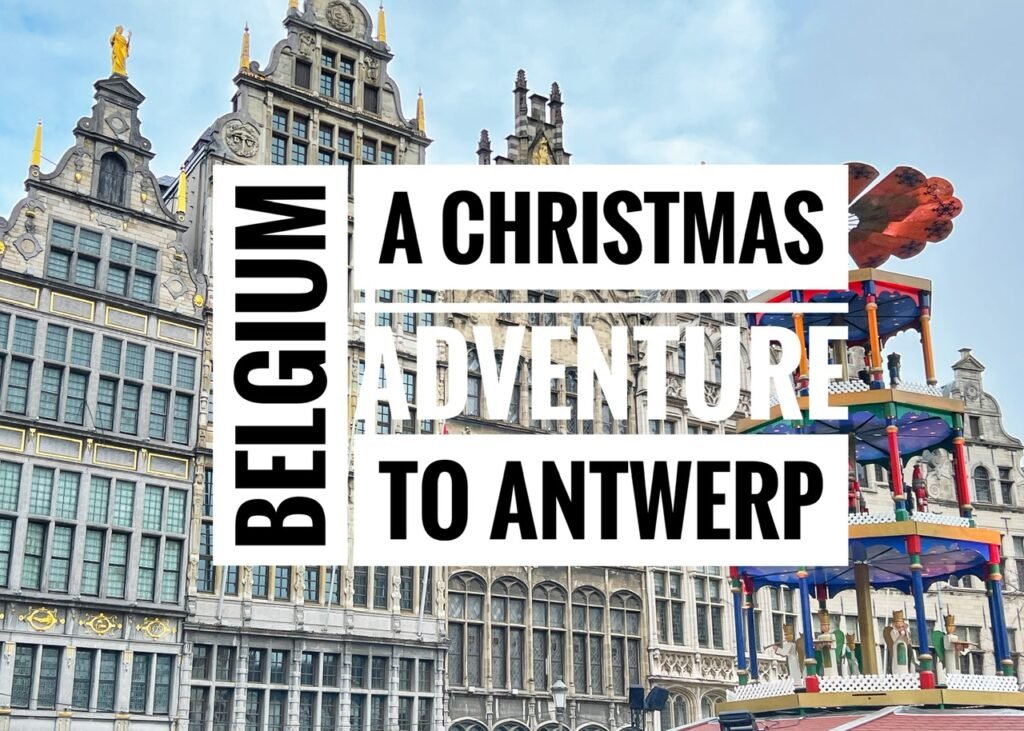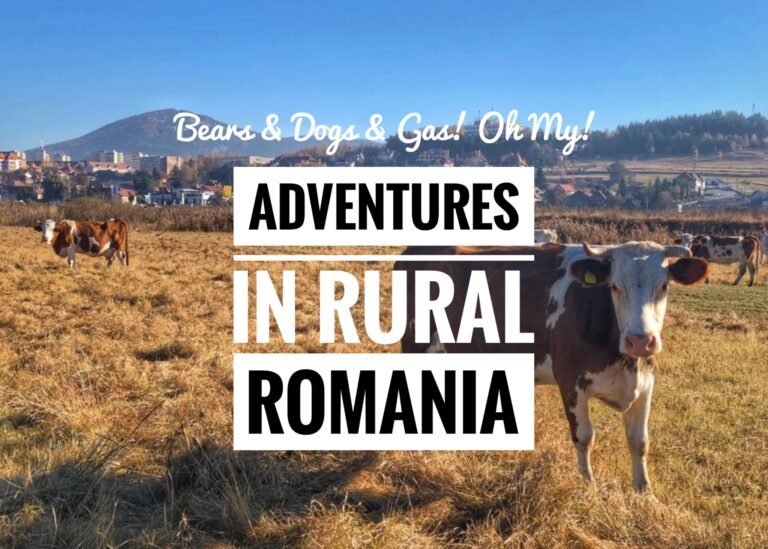
From Brussels, we hopped a 1.5 hour eastbound train to the Dutch border city of Antwerp and were elated to find that the railways were offering 50% off on all round trip tickets in Belgium so it was 17€ for both of us! Whoohoo! The name Antwerp literally means “at the wharf.” It is home to one of the most immaculate train stations we’ve ever seen, the world’s first printed newspaper (400 years ago), and half a million Dutch, aka Flemish, speaking people. (In a country the size of New Jersey, it’s astounding that Belgium has three different official languages including Dutch, French and German. It is no wonder almost everyone also speaks English!)


Draped in glass, steel and marble, the unbelievably beautiful train station welcomed us to Antwerp. It was opened in 1905 and is a superb blend of the Industrial Age meets Art Nouveau. It was created when Belgium was becoming a colonial super power and also features an abundance of ivory and rubber courtesy of the Congo. In the station you’ll also find a vintage clock in the center of the hall, perched high above the tracks. Of course, timekeeping became super important with the dawn of train schedules.

Meandering from the train station onto a huge pedestrian boulevard called De Keyserlei. Two matching majestic buildings crown the entrance. According to the Rick Steves walk we were following, the boulevard is light on sites, but fantastic for diverse people watching, including lots of Mibsters, aka Muslim Hipsters. 🤣

You can also find another interesting site at the station….a man sitting on camelback. Huh? Did we revert to Egypt? Apparently this actually marks the entrance to the Antwerp Zoo.

The area around the train station is known as the Diamond Quarter-one of the world’s top centers for commerce in these gems. Although the industry is highly secretive, experts guess that four out of every five of the world’s rough diamonds pass through Antwerp at some point. (Rick Steves)
Another sign that this area oozes a bit of wealth? The trash cans talk. Yes, when you put litter in, it says something. Sometimes “thank you,” sometimes something totally indecipherable to us, and sometimes “yummy.” It also belches. We wandered around filming trash cans for 15 minutes and could never capture it on film. Haha. Yes, the luxury of slow travel. 🤣

This Gotham-City-style skyscraper was completed in 1932, and considered the first American-style skyscraper in Europe. It held the title of Europe’s tallest skyscraper for 20 years.

Tartiflette, we read, is a must have in any Belgian Christmas market, so we grabbed an 8€ bowl to split for lunch. It’s basically potatoes and cheese au gratin and ham. It was certainly warm, which was appreciated, but other than that, nothing special.

The cuddliest public art we’ve ever seen, called Nello and Patrasche. We later found out this statue is dedicated to the sad story of a Flemish orphan boy and his dog was relatively obscure in Belgium, but a cult sensation in Japan thanks to anime. According to Atlas Obscura, “The climactic scene of A Dog of Flanders follows a desperate Nello, who after being wrongly accused of causing a fire in his village, goes to the cathedral in Antwerp to see his idol Rubens’s “The Elevation of the Cross” and “The Descent of the Cross.” However, he was out of money and unable to see the artwork. On Christmas Eve, Nello and his dog stayed at the cathedral when they found the doors open. The next morning, the boy and his dog are discovered frozen to death under his favorite artist’s painting.”


The soaring Chapel of our Lady has a intricate lacy spire that sweeps the sky at 400-feet, still the tallest building in Antwerp. It was started in 1352 and not consecrated until 1521. There were plans to make the grandiose church even more grandiose…the biggest in the world, in fact. But a fire blazed, fortunes fell and the stump of a second tower remained a foiled fantasy. The extremely complex front entrance for the cathedral showcases Jesus selecting the chosen ones on judgment day.

Street scenes Antwerp.


So much beer, so little time!

Antwerp’s main square called the Grote Markt, is an absolute stereotypical European stunner. It showcases a starry-eyed stereotype that so many people worldwide lust over when they think of storybook Europe. And this time with a frosting on top…Christmas.

The facade of the 16th Century City Hall is accessorized with flags from many different countries representing the importance of international trade to the city.

It’s truly just enthralling…words and pictures cannot describe.

They even had a vibrant Weihnachtspyramide, or Christmas Pyramid. This traditional German decoration dates back to the 16th Century, which many believe evolved into the Christmas tree.

This statue outside of City Hall celebrates the story of how the city got its name. According to legend, a mythical giant named Antigoon lived by Scheldt river and demanded a toll from all those who crossed the river. If anyone refused to pay, Antigoon would sever one of their hands and throw it into the river. One day, Brabo, a brave young soldier, cut off the giant’s hand and tossed it in the river. Hence the name Antwerpen was derived from Dutch words that mean “to throw a hand.”

The Antwerp golden coats of arms on the City Hall.

The other buildings fronting the square are guild houses, celebrating the trade associations of each of the city’s indus-tries. Each one is topped with a resplendent little statue, which typically represents that guild’s patron saint.

Mandy sampling some sweet pastries with her ghetto gloves purchased in Romania.

Walking toward the welcoming to all wharf on the Scheldt River, we encounter a Ferris wheel which seems to be the norm this time of year for a lot of European cities.

Gazing back toward the main square.

During Antwerp’s Golden Age in the early 1500’s, the river brought more than a hundred ships a day, carrying goods from all over the world-sugar and silver from America and pepper and cinnamon from Asia. Today, it’s adorned by windmills showing off its sense of modernity once again.

All that’s left from the glory days is this castle which was once part of a city wall that fortified the heart of town.

Views from the riverfront.

Another coat of arms.

Rick warned us at least three times what was coming before we tread cautiously into Antwerp’s well monitored and secure Red Light District, Belgium’s biggest legalized center of prostitution. It’s always a little unsettling to wander in such places…with scantily clad ladies wiggling, or often looking simply bored on their phones, in front of the windows. Also, evidently at least a third of the “girls,” are not what they appear.

Heading back, a bit frosty, to the train station.



